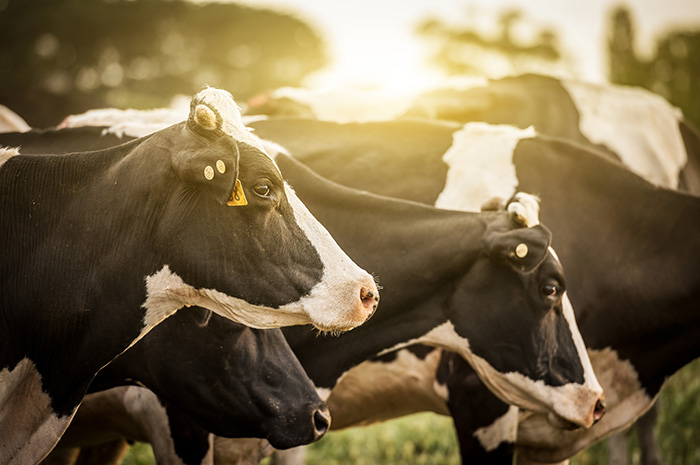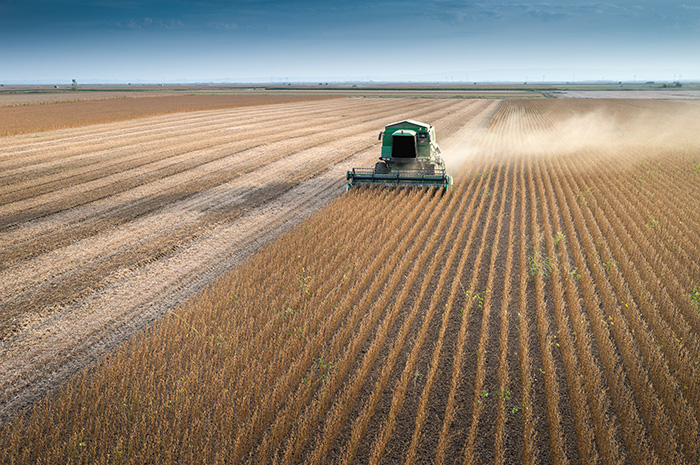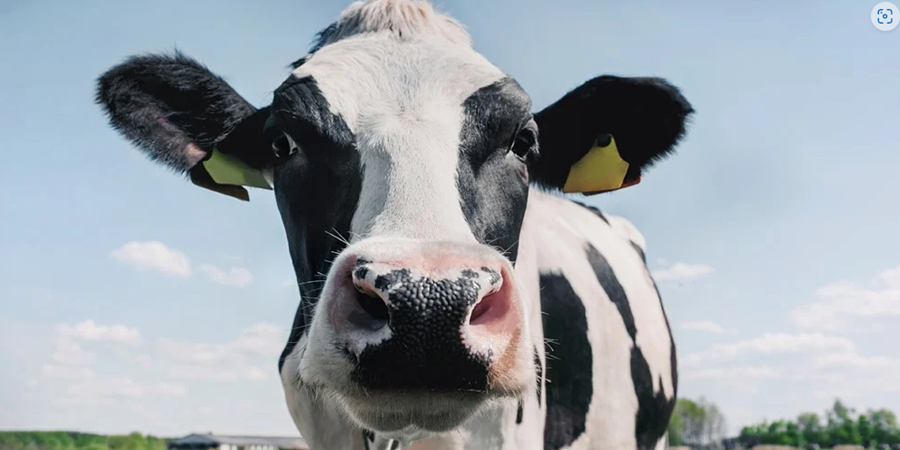
Challenges? We've seen a few. Take a look at what's happened in the dairy industry these past two years, and it's pretty telling.
Back in 2017, there were more than 3,200 dairy producers in Minnesota. As of the end of 2018, state ag experts are saying that figure is now closer to 2,800.
If anything, these figures reveal the true effects of market pressures, as they wring any remaining profits that even a longtime family-owned operation once enjoyed.
As 2019 begins, there are many key developments in the industry to keep an eye on. With the help of this overview, you'll know what to watch for in the months ahead.
Milk prices on the rebound?
First, some glimmer of hope. Economists are projecting an improvement of $1 for Class III prices, which ended at $14.60 in 2018. Also, the U.S. Department of Agriculture offers a range of improvements on dairy prices in its 2019 forecast, from a slight uptick to an increase of just under $1.
The other side of the economic equation is production. The USDA forecasts a 1.3 percent boost in milk production in 2019, but economists from the University of Wisconsin believe that may be tempered a bit by herd reduction and other input-reducing measures that producers are exploring.
These economics also say that dairy sales in the U.S. — particularly non-fluid dairy products such as cheeses — should be positive in 2019. While fewer Americans are turning to milk as a beverage of choice, cheeses and ice cream are gaining in popularity.
Keeping an eye on the tariffs
While non-liquid dairy is opening new opportunities in U.S. markets, exports are an important growth opportunity for U.S. dairy. Economists note new market opportunities in Europe, Japan and the Philippines. However, as long as the retaliatory tariffs with China (which imports whey) and Mexico (cheese) continue, the effects on market prices will continue. So far, these tariffs have caused $1.5 billion in losses for U.S. producers, according to the National Milk Producers Federation.
More affordable insurance
In the midst of these struggles, some good news came in December for family-owned dairy producers. The farm bill recently signed by President Trump now makes it less expensive for small dairy operations to purchase insurance against low market prices. When you’re creating your financial plan with your lender, protections like these can help you find the balance. For more insights on how to make your operation more efficient despite these challenging markets, contact your Minnwest Bank Lender.
Remember, help is available
In the meantime, producers like you have been forced to be resilient for several years. This stress and pressure can take its toll on your health — both physically and mentally. To help you better navigate these challenging times, help is available.


